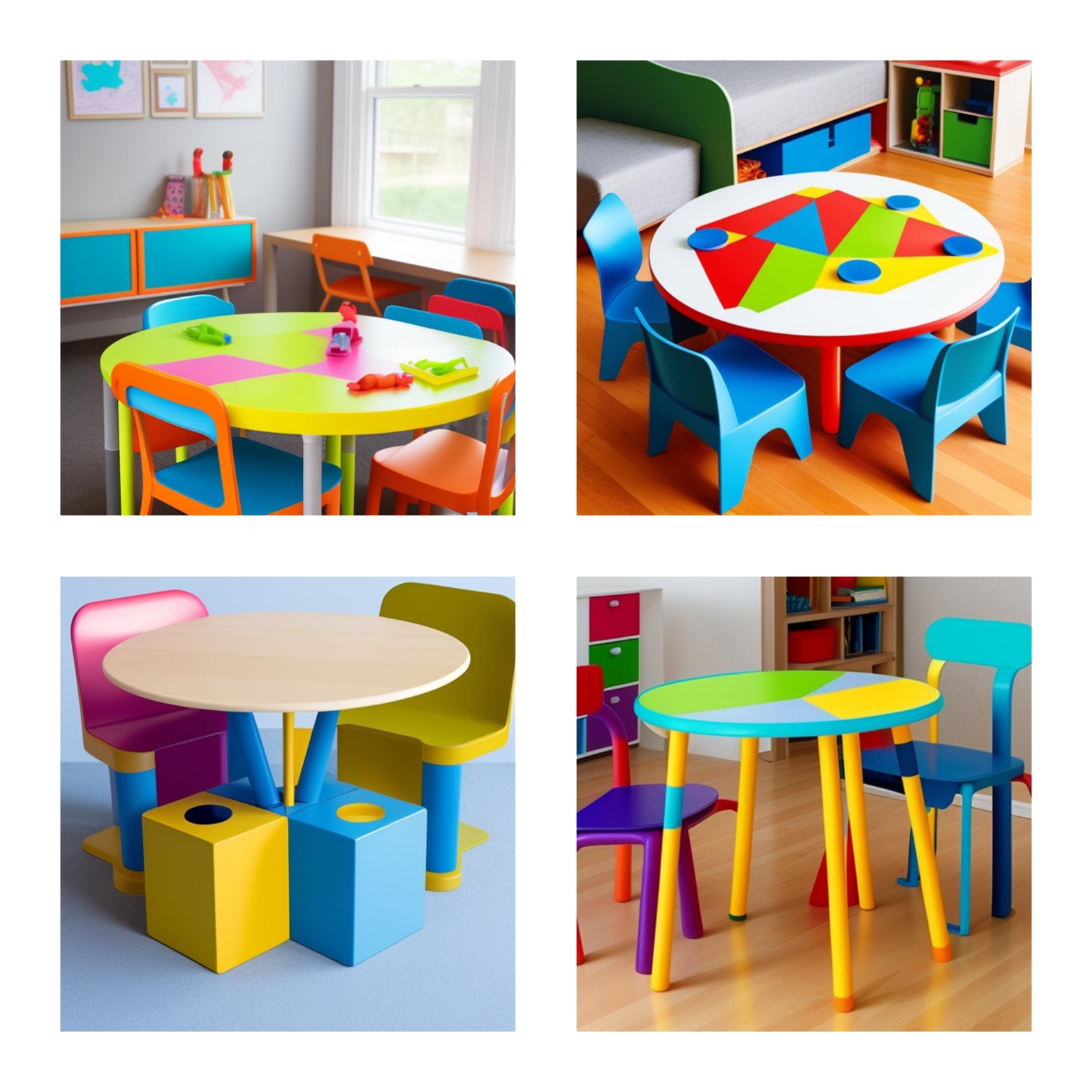Unraveling the Mysteries of Chinese Tea Cups: A Beginner’s Guide
Unraveling the Mysteries of Chinese Tea Cups: A Beginner’s Guide
Tea drinking is a tradition that is celebrated in many cultures worldwide. It is a calming and relaxing experience that can be enjoyed alone or in the company of friends and family. Chinese tea culture, in particular, is renowned for its intricate tea-making techniques, beautiful teapots, and of course, the elegant tea cups. In this beginner’s guide, we will explore the mysteries of Chinese tea cups and help you understand how to choose the perfect cup for your tea-drinking experience.
What Makes Chinese Tea Cups Unique?
Chinese tea cups are unique for a variety of reasons. Firstly, they are typically smaller in size than Western teacups, holding only a few ounces of tea at a time. This is because Chinese tea is meant to be savored slowly and enjoyed over multiple steepings, rather than quickly gulped down. Additionally, Chinese tea cups are often made of delicate materials such as porcelain or clay and are decorated with intricate designs or calligraphy.
Another distinguishing feature of Chinese tea cups is their shape. Most Chinese tea cups are small and round with a flared rim, allowing the aroma of the tea to be released and savored with each sip. The bottoms of the cups are often left unglazed, which allows the tea drinker to appreciate the natural texture of the clay or porcelain.
Types of Chinese Tea Cups There are many types of Chinese tea cups, each with its own unique characteristics. Here are a few of the most common types:
- Gaiwan: A gaiwan is a traditional Chinese tea cup that is used for brewing and drinking tea. It consists of a lid, bowl, and saucer, and is often made of porcelain or glass. Gaiwans are particularly popular for brewing green and white teas.
- Jianzhan: Jianzhan cups are made of black pottery and are often used for drinking tea in the Gongfu style. They are known for their dark, metallic glaze and are said to enhance the flavor of the tea.
- Ru Kiln: Ru kiln cups are made of a special type of porcelain that is known for its subtle, blue-green glaze. They are often used for drinking green tea and are highly prized by collectors.
- Yixing: Yixing cups are made of a special type of clay that is known for its ability to absorb the flavors and aromas of the tea. They are often used for brewing and drinking oolong and black teas.
Choosing the Perfect Chinese Tea Cup
Choosing the perfect Chinese tea cup is a highly personal decision, but there are a few things to consider when making your choice. Firstly, think about the type of tea you will be drinking. Different teas are best enjoyed in specific types of cups, so it is essential to match the cup to the tea. For example, if you are drinking green tea, a gaiwan or Ru kiln cup would be an excellent choice.
Another thing to consider is the size and shape of the cup. Smaller cups are often preferred for Chinese tea, as they allow the tea to be savored slowly over multiple steepings. However, if you prefer larger cups, there are many options available.
Lastly, consider the material and design of the cup. Porcelain and clay are the most common materials used for Chinese tea cups, but glass and metal cups are also available. Look for cups with designs or calligraphy that speak to you and enhance your tea-drinking experience.
Conclusion
Chinese tea culture is a rich and fascinating tradition that has been passed down for centuries. The intricate tea-making techniques, beautiful teapots, and elegant tea cups all contribute to the unique and calming experience of drinking Chinese tea. We hope this beginner’s guide has helped unravel the mysteries of Chinese tea cups and provided you with the information needed to choose the perfect cup for your next tea-drinking experience. Remember to consider the type of tea you will be drinking, the size and shape of the cup, and the material and design. With so many options available, there is a Chinese tea cup out there for everyone. So why not elevate your tea-drinking experience with a beautiful and unique Chinese tea cup?



